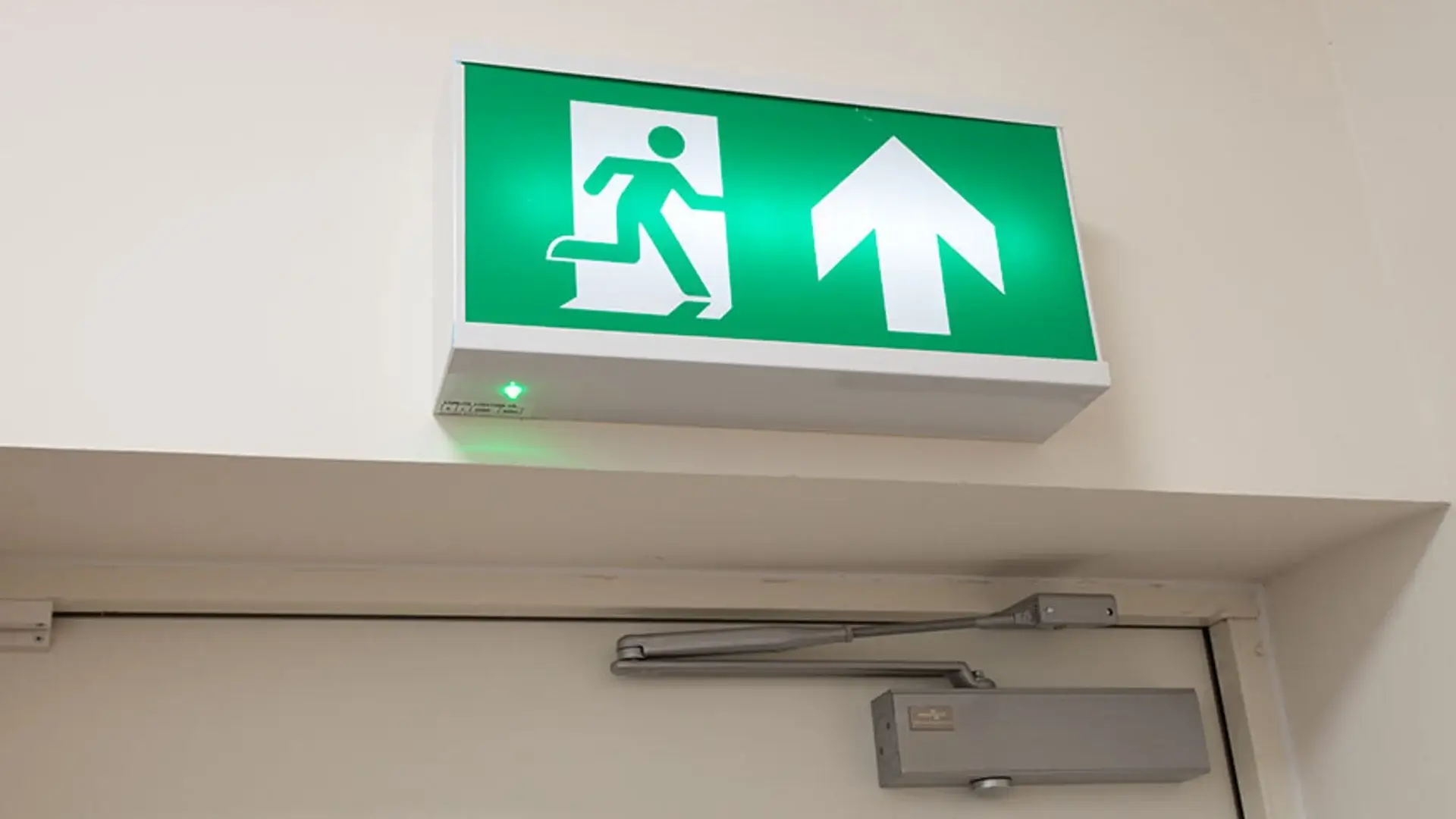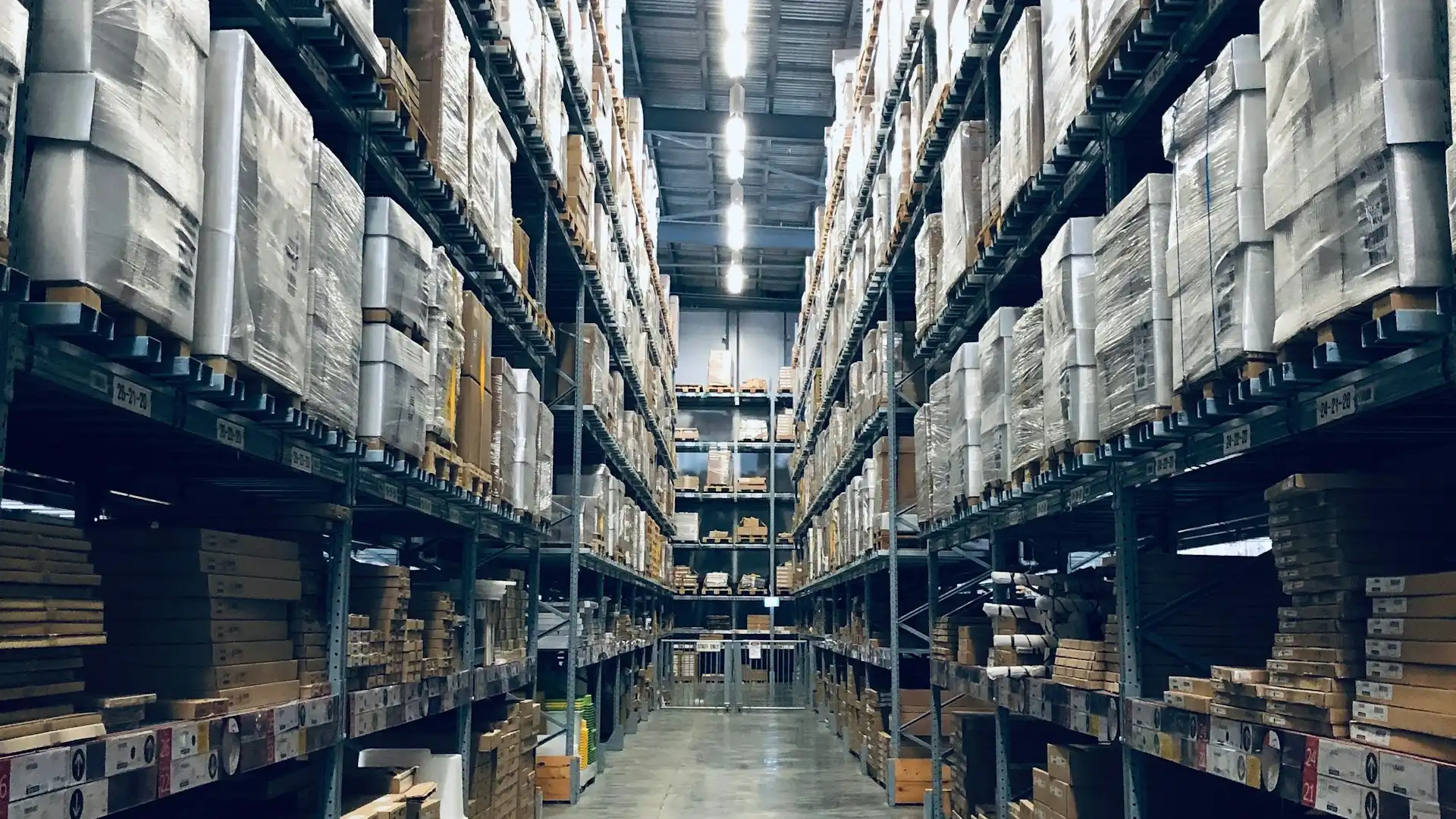Emergency Lighting: Navigating the Updated Standards for Safe Building Evacuations

Emergency lighting is a critical component of building safety. It provides a reliable source of illumination during power outages or emergencies, enabling safe evacuation, preventing panic, and promoting overall occupant safety.
It is important to be aware of significant changes, set to take effect, which will alter existing best practices for emergency lighting in commercial and public buildings. These revisions will impact existing installations and maintenance practices and concern two key British Standards: BS EN 50172:2004 and BS EN 1838:2013.
Elevating Emergency Lighting Standards: Navigating Updates to BS EN 50172:2004
BS EN 50172:2004 outlines the minimum illumination provision for escape routes and safety signs, as well as the testing requirements for emergency lighting systems in different premises. The primary updates to this standard involve the inspection and testing of luminaires and systems.
The revised recommendations suggest implementing a bi-annual test of emergency luminaires and externally illuminated escape route safety signs, in addition to the current daily, monthly, and annual verification tests. This ensures that luminaires remain undamaged and that their intended function is not compromised by dirt, dust, or visible material degradation, thereby enhancing overall safety.
Modernising Emergency Lighting: Understanding the Changes in BS EN 1838:2013
BS EN 1838:2013 specifies maintained illuminance levels for local area safety lighting based on risk assessment. It also sets a minimum duration of one hour for local area safety lighting and requires escape route lighting to have a duration equal to or greater than local area safety lighting. This standard covers both temporary and permanently installed electrically powered emergency lighting.
An important update to BS EN 1838 (currently called pr EN1838) introduces recommendations for the use of Adaptive Emergency Escape Lighting Systems (AEELS) in all types of buildings. AEELS are lighting systems designed to enhance the safety and effectiveness of emergency evacuations. They utilise sensors and monitoring devices to detect environmental changes, adjusting factors such as escape route direction, visibility of emergency signage, and lighting levels on escape routes based on evolving conditions. The adoption of AEELS is expected to elevate safety standards in buildings, ensuring efficient evacuations.
These changes in British Standards underline the role of well-designed emergency lighting systems in building safety and, especially, in ensuring the smooth evacuation of buildings. Staying informed and preparing for these changes is a crucial part of ensuring the safety and well-being of building occupants, especially in times of emergency when lighting can help to safeguard life.
- Tamlite manufactures a range of emergency lighting products that are fully compliant with British and European emergency lighting standards. For more information, or to arrange to speak to a member of our expert team, visit our website.


